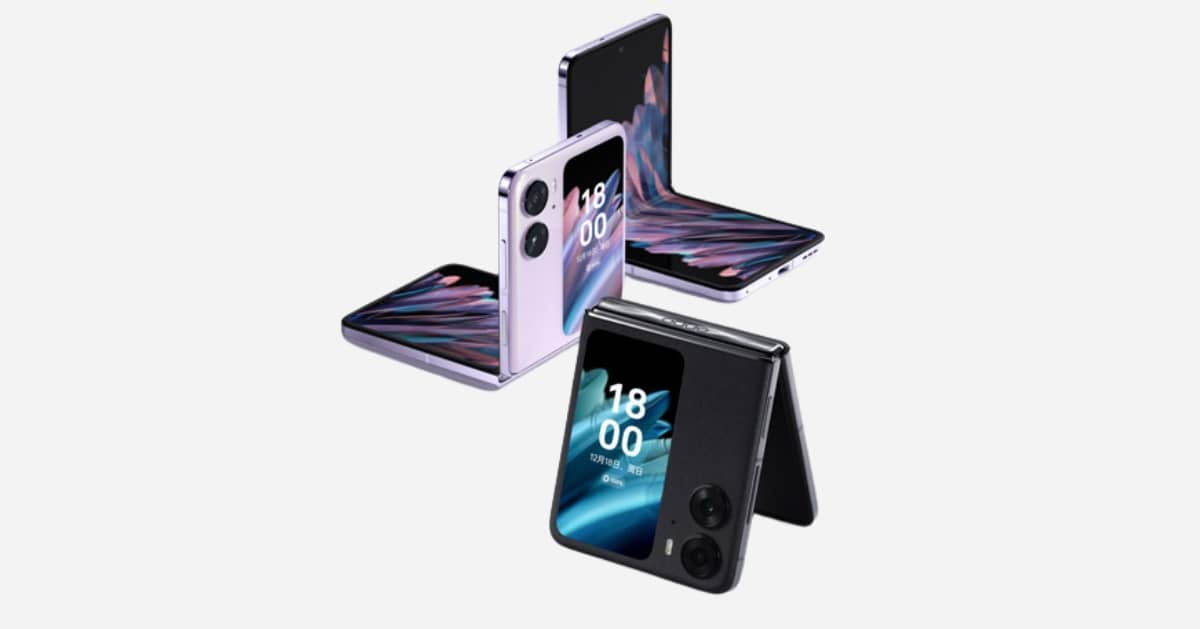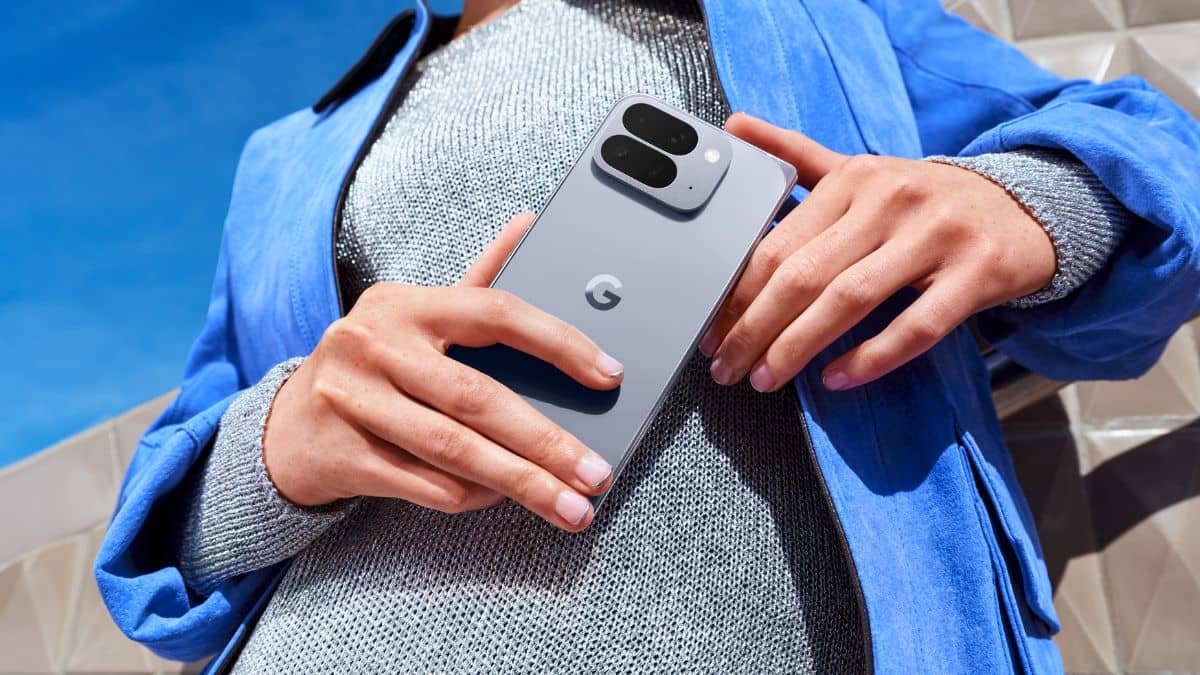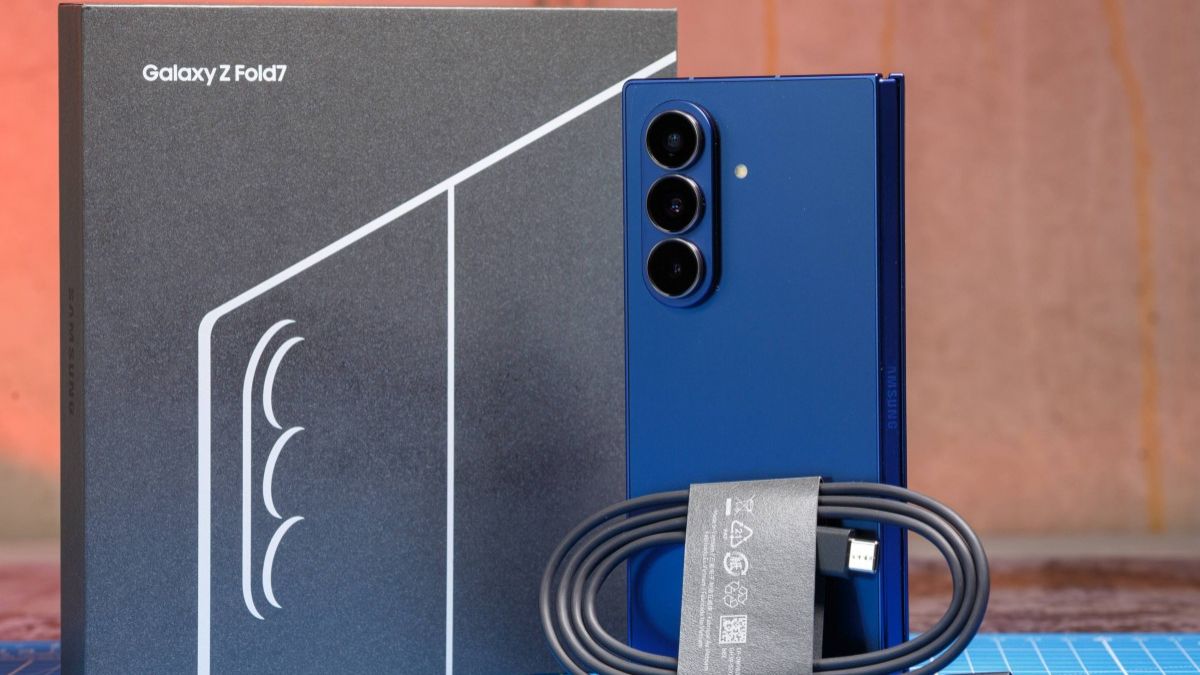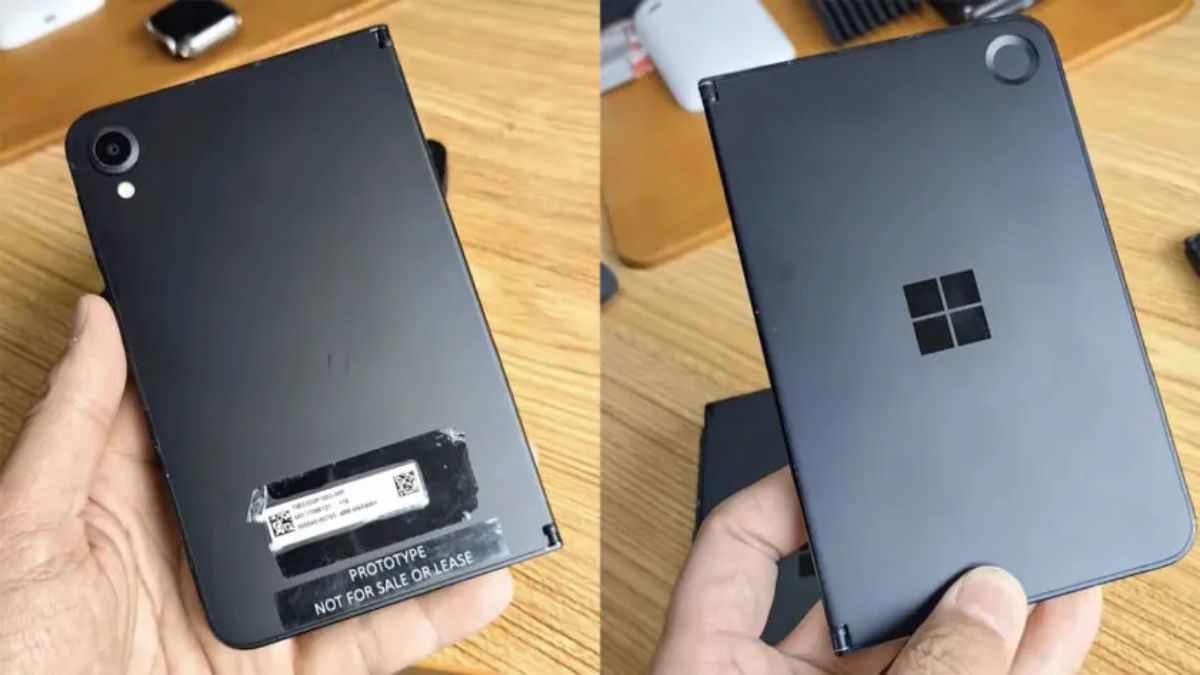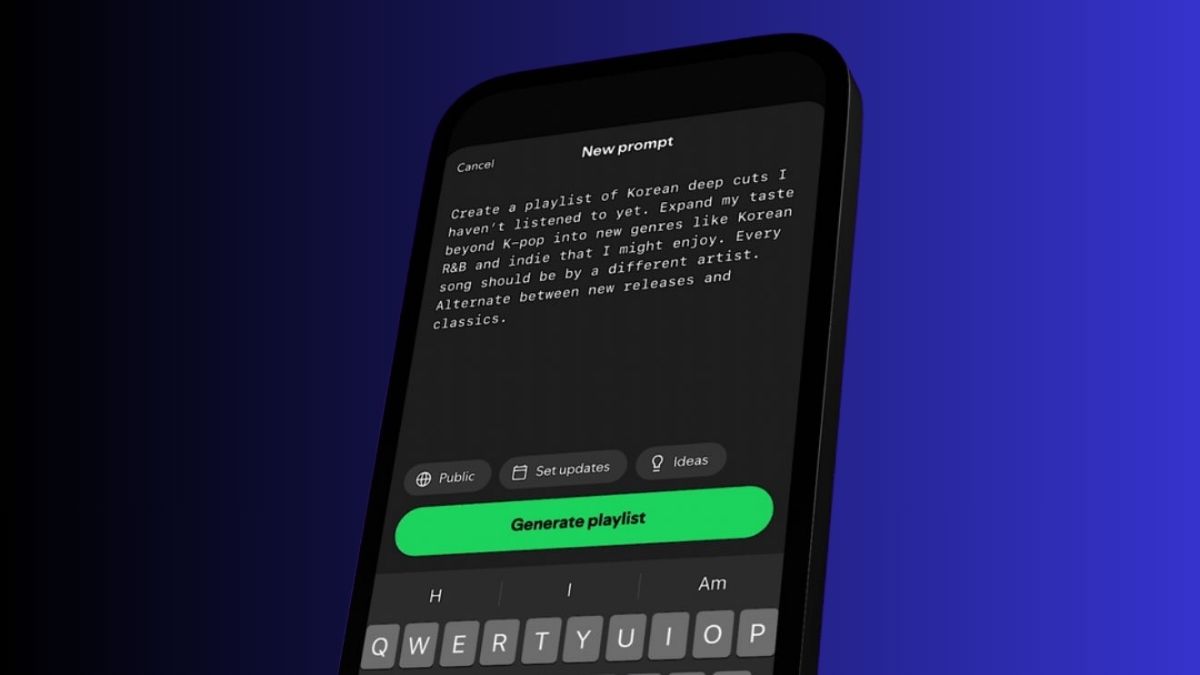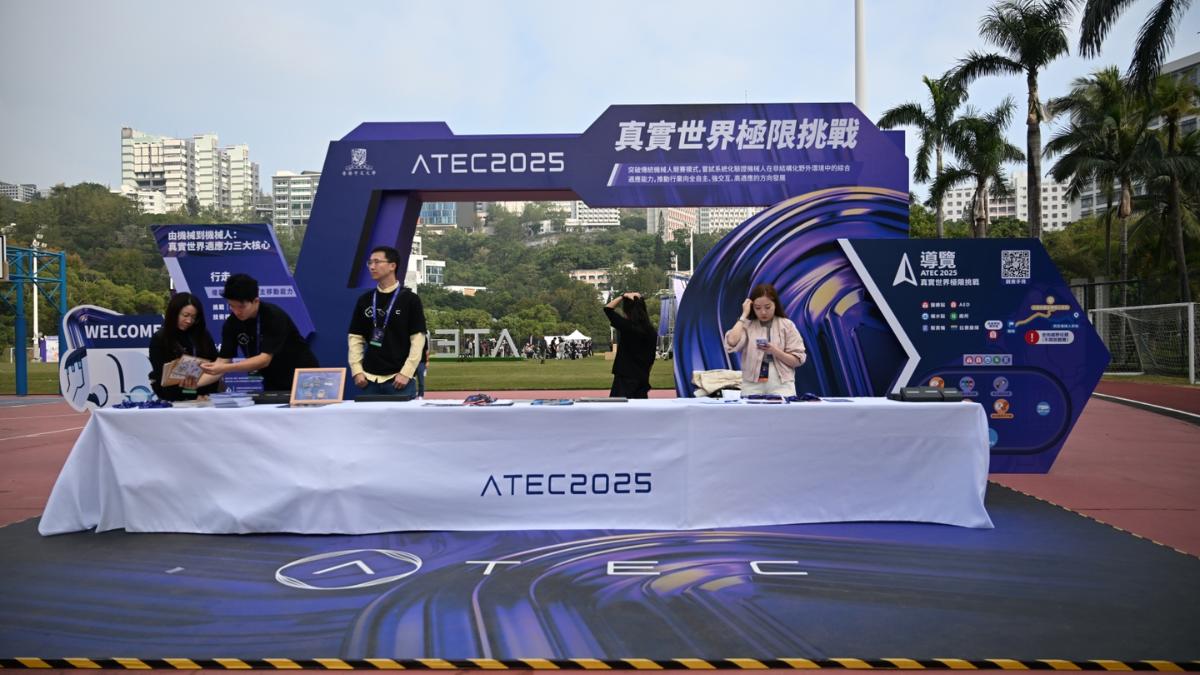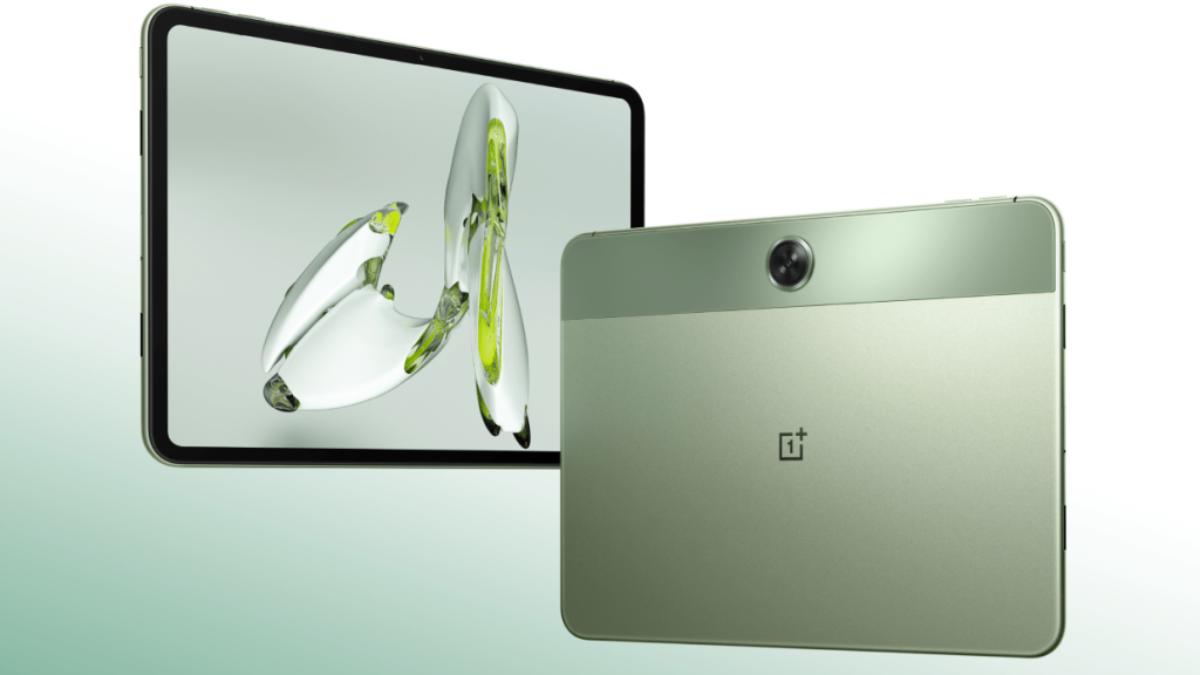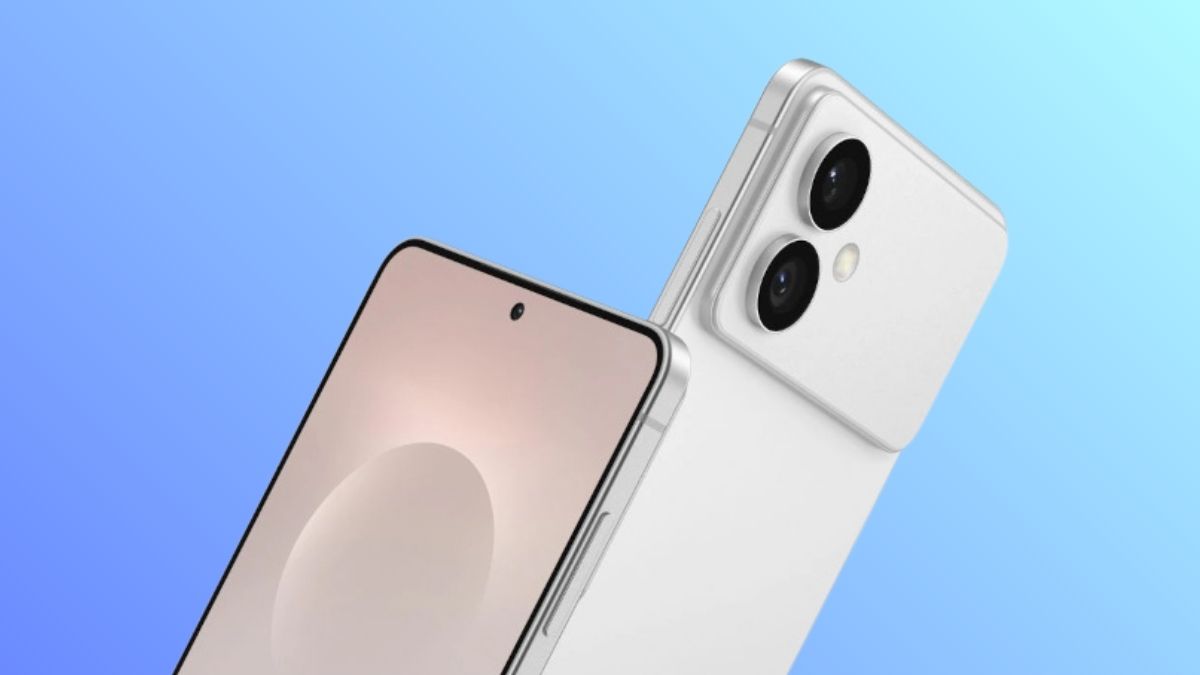Flip phones like the Motorola Razr Plus 2024 and Galaxy Z Flip 6 have proven that compact foldable phones are here to stay. While they offer a minimalist design, several areas still need improvement.
1. Size and Thickness
While flip phones are compact when unfolded, they become thicker when folded, making them less pocket-friendly. The challenge lies in fitting all components into a slim design. A thinner phone, with better battery life and device integrity, would enhance portability and usability, especially when using a case.
2. Aspect Ratio
The current 22:9 aspect ratio feels awkward for one-handed use. A 20:9 ratio (like the Motorola Razr 2022) would make the phone easier to hold and navigate, offering a more comfortable display experience.
3. Camera Quality
Flip phones lag behind flagship smartphones in camera quality. While the Galaxy Z Flip 6 and Razr Plus 2024 have improved, they still lack telephoto lenses and have fewer sensors than traditional phones. A better camera setup, including wide, ultrawide, and telephoto lenses, would put flip phones on par with flagship models.
4. Camera Placement and Design
Larger cover screens complicate camera placement. Phones like the Razr Plus 2024 use cutouts, which obstruct app elements. Under-display cameras could resolve this, though they may sacrifice camera quality.
5. Battery Life and Charging
Battery life has improved, with models offering all-day usage and 4,000mAh batteries. However, faster charging (e.g., 67W) and larger batteries could further enhance performance. Phones like the TECNO Phantom V Flip 2 already lead with larger batteries and fast charging, raising the bar.
6. Price and Accessibility
Flip phones are becoming more affordable. Models like the Motorola Razr 2024 and Nubia Flip 5G are available for around $500, offering a foldable experience at the price of traditional smartphones.
The Ideal Flip Phone Design
In an ideal world, the perfect flip phone should have:
- A 6.7-inch, 20:9 display, similar to the Razr Plus 2024.
- A thickness of 11mm or less when folded.
- A 4,000mAh battery with 67W charging and Qi2 support.
- Three 50MP rear cameras (wide, ultrawide, telephoto) hidden under the cover screen.
- An under-display front camera and a refined UI (like One UI 7) with native app support.
Source: androidcentral.com

